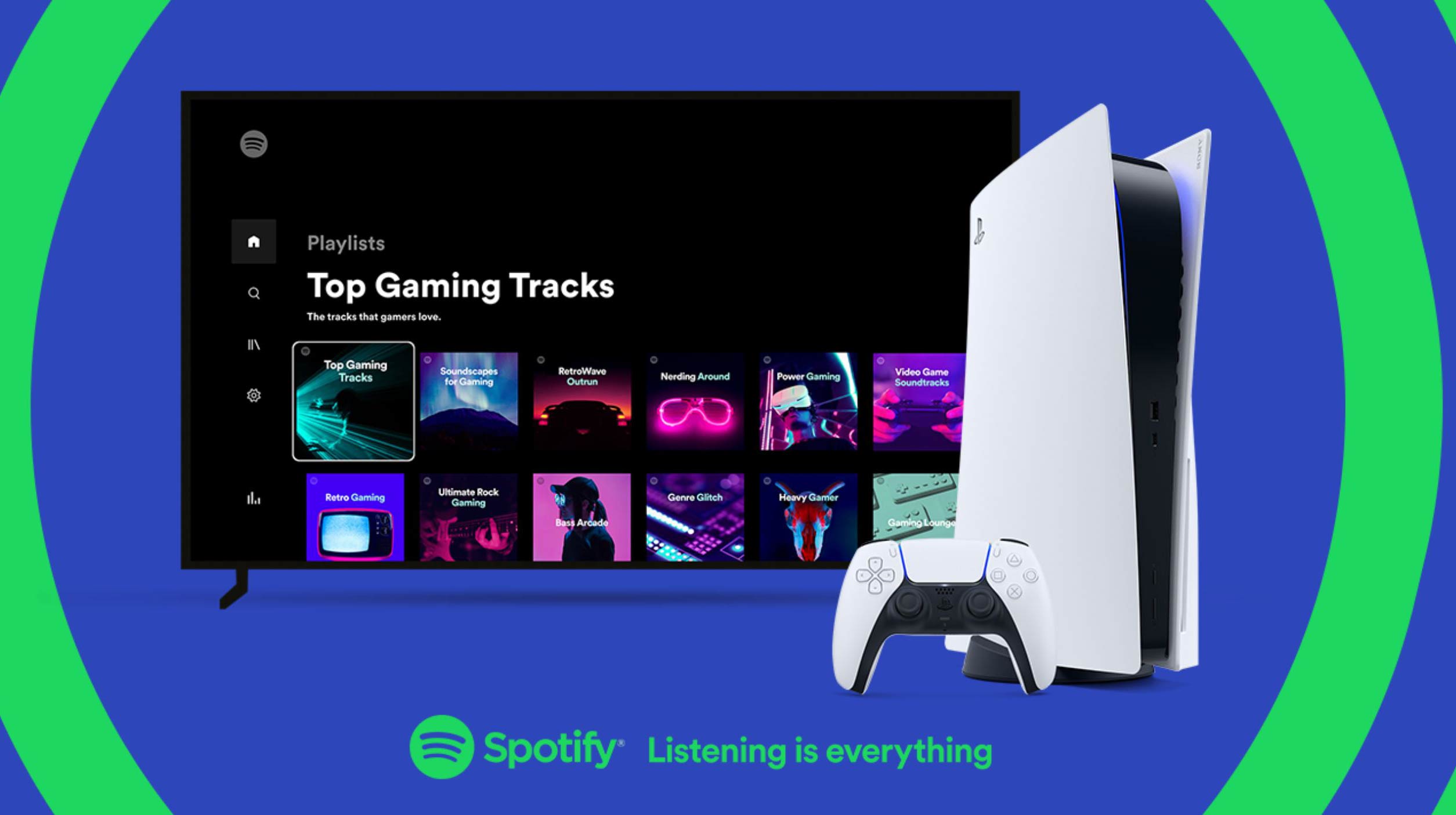When i downloaded the version 6.0.0 (first time install on this computer on all of versions of windows that i installed xp-10)i installed the virtualbox guest additions as well and when i am moving the windows programs i see graphic glitches and problems during moving the window on host and i am using cpu virtualaziation too. Has anyone and kind of that problem? Can you report similar. The Spotify desktop application come in a dark grey fashion and is used by millions of people every day, on Mac OS, Windows and Linux. Standard user interface treats like window controls and scrollbars obey the host system while we have taken some semi-conservative-but-still-daring steps for other elements. The long-awaited macOS 11 Big Sur finally came out at WWDC 2020 and will be available on this fall. Some users already updated MacOS Big Sur beta and reported a lot of MacOS Big Sur issues. In the article, we collect the most commonly reported macOS Big Sur 11 problems and give you the advices on what to do about.
The Spotify desktop application come in a dark grey fashion and is used by millions of people every day, on Mac OS, Windows and Linux. Standard user interface treats like window controls and scrollbars obey the host system while we have taken some semi-conservative-but-still-daring steps for other elements. What I have an issue with, and agree with Epic and Spotify on, is that Apple bans even mentioning other ways to pay from inside apps. Apple Releases macOS Big Sur With Fresh Design, Control. Plan Free Country United States Device Macbook Pro Mid 2014) Operating System Mac OS Catalina 10.15 My Question or Issue I just finished installing Mac OS Catalina, and each time I try to open Spotify, the icon jumps like normal as if it’s about to open, and then it just doesn’t open. The issue is to do with specific combinations of Mac and eGPUs. From AppleInsider research, it appears that Radeon 570 and 580-based eGPUs are having problems with the Mac mini most commonly affected.
November 10, 2020
Video replay of today’s event will be available shortly.

Here’s what we announced.
Packed with an astonishing 16 billion transistors, the new M1 chip integrates the CPU, GPU, Neural Engine, I/O, and so much more onto a single tiny chip. Combined with the new macOS Big Sur, M1 delivers category-smashing speed, mind-bending graphics, and power efficiency and battery life that defy belief.
Our thinnest, lightest notebook, supercharged by the M1 chip. A powerful Apple CPU. Next-level graphics. A silent, fanless design with up to 18 hours of battery life.
The M1 chip comes to MacBook Pro. Bringing far more power. Incredible graphics. An advanced Neural Engine for enhanced machine learning. Superfast unified memory. And up to 20 hours of battery life — the longest-ever battery life in a Mac.
The M1 chip takes Mac mini to the next level. Incredible performance, speedy graphics, superfast unified memory, and a powerful Neural Engine bring unprecedented capability to our most versatile, do-it-all desktop.

Frequently asked questions:
If if you feel like your audio hardware (headphones, speaker) does not have enough Bass (low frequency) punch, or vice versa, you can adjust that using eqMac.
Watch THIS VIDEO for a better explanation.
Press the Download button on the home page.
Open the downloaded eqMac.dmg file (if you accidentally closed the window you can always reopen it by Finding it as a Drive in your Finder).
Drag the eqMac app into Applications directory.
Open eqMac.app from you Applications directory.
The way eqMac works it needs to install an Audio Driver, to do that it needs your system password.
The app never sees your password as it uses secure Apple API to perform the install.
macOS does not have direct way to access the System Audio stream, so we use the eqMac Audio driver to divert the system audio to the drivers input stream.
Then eqMac captures that input audio stream, processses it and sends it directly to the output device.
Sometimes there are synching issues, try to switch away from eqMac audio device to your preferred output device and eqMac should restart the audio pipeline.
Alternatively, you can try to restart eqMac, that should help as well
The proper way to uninstall eqMac is to click the 'Uninstall' button in eqMac Settings section.
That will run a script to uninstall the app and the driver properly.
If for whatever reason you cannot run eqMac, to uninstall the driver you can run this command in Terminal: